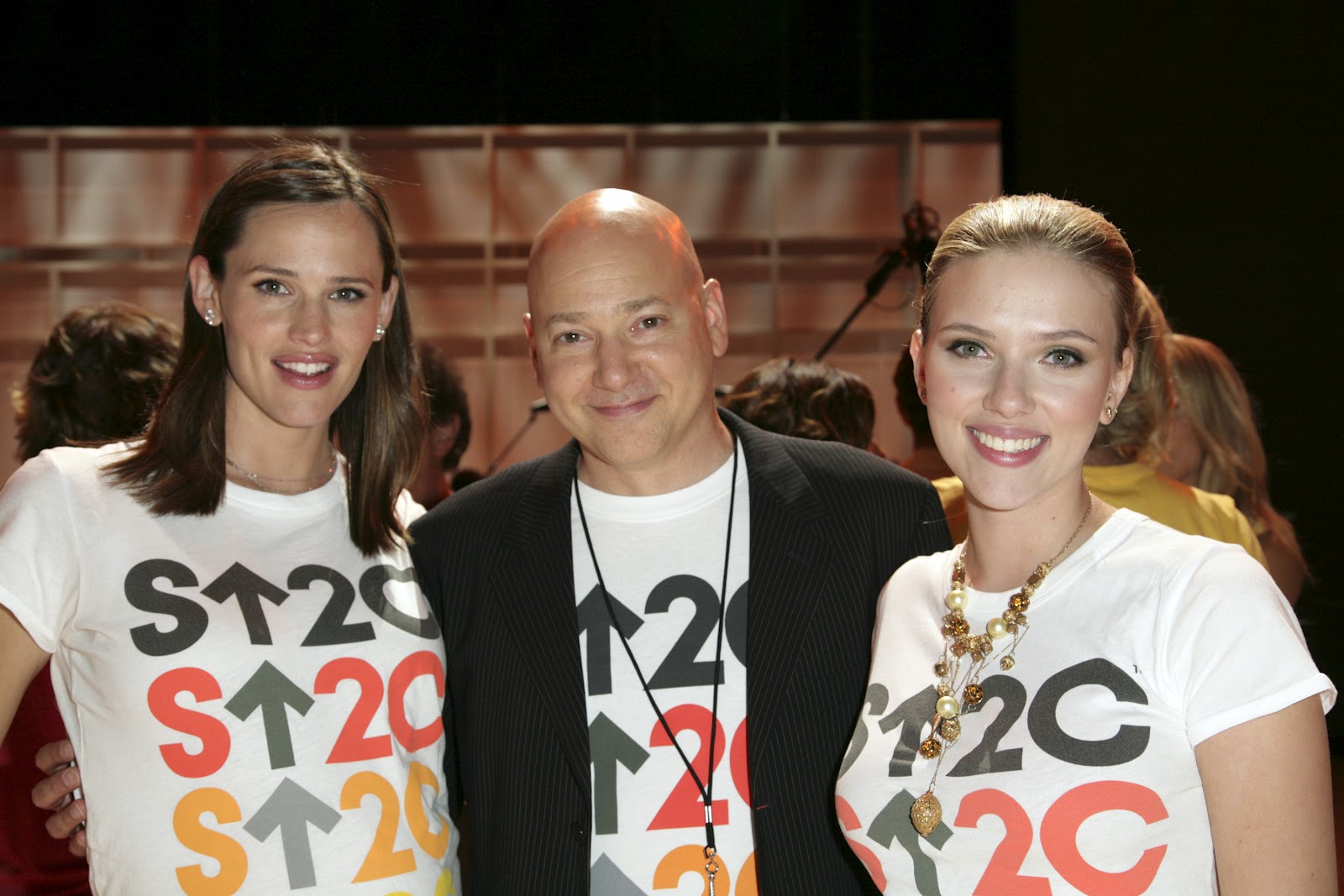
NEWTOWN, Conn. (AP) — A man opened fire Friday inside two classrooms at the
Connecticut elementary school where his mother was a teacher, killing 26 people, including 20 children, as youngsters cowered in corners and closets and trembled helplessly to gunshots reverberating through the building.
The 20-year-old killer, carrying two handguns, committed suicide at the school, and another person was found dead at a second scene, bringing the toll to 28, authorities said.
Police shed no light on the motive for the attack. The gunman was believed to suffer from a personality disorder and lived with his mother in Connecticut, said a law enforcement official who was briefed on the investigation but was not authorized to publicly discuss it.

rampage, coming less than two weeks before Christmas, was the nation's second-deadliest school shooting, exceeded only by the Virginia Tech massacre that left 33 people dead in 2007.
Panicked parents looking for their children raced to Sandy Hook Elementary School in Newtown, a prosperous community of about 27,000 people 60 miles northeast of New York City. Youngsters at the kindergarten-through-fourth-grade school were told to close their eyes by police as they were led from the building.
Schoolchildren — some crying, others looking frightened — were escorted through a parking lot in a line, hands on each other's shoulders.
"Our hearts are broken today," a tearful President Barack Obama, struggling to maintain composure, said at the White House. He called for "meaningful action" to prevent such shootings.
Youngsters and their parents described teachers locking doors and ordering the children to huddle in the corner or hide in closets when shots echoed through the building. Authorities didn't say exactly how the shootings unfolded.

They also gave no details on the victim discovered at another scene, except to say that the person was an adult found dead by police while they were investigating the gunman.
A law enforcement official identified the gunman as 20-year-old Adam Lanza, the son of a teacher. A second law enforcement official said his mother, Nancy Lanza, was presumed dead.
Adam Lanza's older brother, 24-year-old Ryan, of Hoboken, N.J., was being questioned.
The law enforcement official who said Adam Lanza had a possible personality disorder said Ryan Lanza had been extremely cooperative, was not believed to have any involvement in the rampage and was not under arrest or in custody, but investigators were still searching his computers and phone records. Ryan Lanza told law enforcement he had not been in touch with his brother since about 2010.
All three law enforcement officials spoke on the condition of anonymity because they were not authorized to speak on the record about the unfolding investigation.
The gunman drove to the school in his mother's car, the second official said. Three guns were found — a Glock and a Sig Sauer, both pistols, inside the school, and a .223-caliber rifle in the back of a car.
State police Lt. Paul Vance said 28 people in all were killed, including the gunman, and one person was injured.
Robert Licata said his 6-year-old son was in class when the gunman burst in and shot the teacher.
"That's when my son grabbed a bunch of his friends and ran out the door," he said. "He was very brave. He waited for his friends."
He said the shooter didn't utter a word.
Stephen Delgiadice said his 8-year-old daughter was in the school and heard two big bangs. Teachers told her to get in a corner, he said.

"It's alarming, especially in Newtown, Connecticut, which we always thought was the safest place in America," he said. His daughter was fine.
Mergim Bajraliu, 17, heard the gunshots echo from his home and ran to check on his 9-year-old sister at the school. He said his sister, who was fine, heard a scream come over the intercom at one point. He said teachers were shaking and crying as they came out of the building.
"Everyone was just traumatized," he said.
Mary Pendergast, who lives close to the school, said her 9-year-old nephew was in the school at the time of the shooting, but wasn't hurt after his music teacher helped him take cover in a closet.
Richard Wilford's 7-year-old son, Richie, is in the second grade at the school. His son told him that he heard a noise that "sounded like what he described as cans falling."
The boy told him a teacher went out to check on the noise, came back in, locked the door and had the kids huddle up in the corner until police arrived.
"There's no words," Wilford said. "It's sheer terror, a sense of imminent danger, to get to your child and be there to protect him."
On Friday afternoon, family members were led away from a firehouse that was being used as a staging area, some of them weeping. One man, wearing only a T-shirt without a jacket, put his arms around a woman as they walked down the middle of the street, oblivious to everything around them.
Another woman with tears rolling down her face walked by carrying a car seat with a young infant inside and a bag that appeared to have toys and stuffed animals.
"Evil visited this community today and it's too early to speak of recovery, but each parent, each sibling, each member of the family has to understand that Connecticut — we're all in this together. We'll do whatever we can to overcome this event," Gov. Dannel Malloy said.
Adam Lanza and his mother lived in a well-to-do part of Newtown where neighbors are doctors or hold white-collar positions at companies such as General Electric, Pepsi and IBM.
The shootings instantly brought to mind episodes such as the Columbine High School massacre that killed 15 in 1999 and the July shootings at a movie theater in Aurora, Colo., that left 12 dead.
"You go to a movie theater in Aurora and all of a sudden your life is taken," Columbine principal Frank DeAngelis said. "You're at a shopping mall in Portland, Ore., and your life is taken. This morning, when parents kissed their kids goodbye knowing that they are going to be home to celebrate the holiday season coming up, you don't expect this to happen. I think as a society, we need to come together. It has to stop, these senseless deaths."
Obama's comments on the tragedy amounted to one of the most outwardly emotional moments of his presidency.
"The majority of those who died were children — beautiful, little kids between the ages of 5 and 10 years old," Obama said.
He paused for several seconds to keep his composure as he teared up and wiped an eye. Nearby, two aides cried and held hands as they listened to Obama.
"They had their entire lives ahead of them — birthdays, graduations, wedding, kids of their own," Obama continued about the victims. "Among the fallen were also teachers, men and women who devoted their lives to helping our children."
___
Associated Press writers Jim Fitzgerald and Pat Eaton-Robb in Newtown, Samantha Henry in Newark, N.J., Pete Yost in Washington and Michael Melia in Hartford contributed to this report


























 The saga continues with the clinical trial published by Vanschoonbeek et al. in which 25 post-menopausal women with type 2 diabetes, from the Netherlands, were randomized to take either 1.5 grams of ground, whole herb cinnamon or placebo for 6 weeks.
The saga continues with the clinical trial published by Vanschoonbeek et al. in which 25 post-menopausal women with type 2 diabetes, from the Netherlands, were randomized to take either 1.5 grams of ground, whole herb cinnamon or placebo for 6 weeks.












